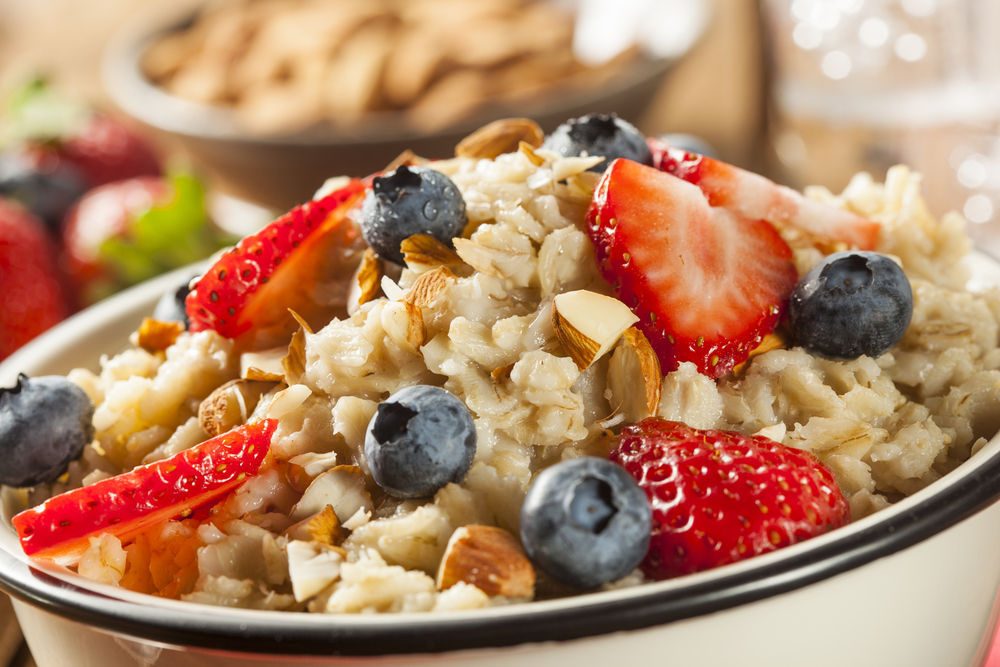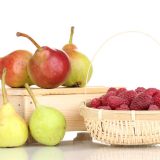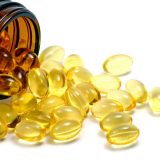

Coronary heart disease is a leading cause of death for both men and women in the United States. Thus, most of us are seeking the simplest way to avoid such a fate. To fill this need, there is an entire collection of lifestyle changes, therapies, supplements and medications to keep the heart healthy. Whether by conscious omission or a lack of knowledge, many people don’t eat nearly enough fiber – despite the fact that a high fiber intake ranks at the top of the heart health protection list.
Coronary heart disease is characterized by a buildup of cholesterol-filled plaques in the coronary arteries – the arteries that feed the heart. Known as atherosclerosis, this buildup causes the arteries to become hard and narrow. If a coronary becomes totally blocked, a heart attack will likely occur. Based on a number of large, well-designed studies, a diet high in fiber is known to reduce the incidence of atherosclerosis.
Simply knowing that fiber helps the heart is the first step, but there is more to know about what fiber is, how much helps the heart and why it does so.
What Is Fiber?
In general, fiber refers to carbohydrates in food that cannot be digested. The two primary ways to classify fiber are soluble and insoluble.
- Soluble Fiber – Partially dissolvable in water, this type of fiber forms a gel-like material with water. Of great help in reducing heart disease risk, soluble fiber is known to help lower blood cholesterol and glucose levels. Soluble fiber is found in oats, peas, beans, apples, citrus fruits, carrots, barley and psyllium.
- Insoluble Fiber – This type of fiber does not dissolve in water and it promotes the movement of material through your digestive system. Helping eliminate toxins in the body, whole-wheat flour, wheat bran, nuts and many vegetables are good sources of insoluble fiber.
How Much Fiber
While those watching their waistline might count calories, most of us don’t add up how much fiber we eat in a day. If we did pay attention to our fiber intake, most of us would find that we consume far too little.
The Institute of Medicine (the organization responsible for issuing Recommended Dietary Allowances) recommends that children and adults consume 14 grams of fiber for every 1,000 calories of food they eat each day. Combining soluble and insoluble fiber quantities, that equates to:
- a person who eats 2,500 calories each day should get at least 35 grams of fiber daily
- a person who eats 1,700 calories each day should get at least 24 grams of fiber daily
- a toddler who eats only 1,300 calories each day needs about 18 grams of fiber
Unfortunately, most sources report that the average American consumes about 10 to 15 grams of fiber each day.
Since soluble fiber is most often linked to heart health, the following list contains some of the top foods for increasing soluble dietary fiber intake (all quantities are estimates):
- Cooked artichoke – 4.7 grams soluble fiber in a medium artichoke
- Cooked lima beans – 3.5 grams soluble fiber in 1/2 cup of lima beans
- Cooked kidney beans – 2.9 grams soluble fiber in 1/2 cup of kidney beans
- Orange – 2.6 grams soluble fiber in 1 medium orange
- Flax seeds – 1.2 grams soluble fiber in 10 grams of flax seeds
- Cooked oatmeal – 1 gram soluble fiber in 3/4 cup of oatmeal
- Baked potato with skin – 1 gram soluble fiber in 1 medium potato
- Cooked brown rice – 1.3 grams of soluble fiber in 1/2 cup of brown rice
Fiber’s Helpfulness
Experts believe that foods high in fiber bind to excess cholesterol in the digestive tract, helping to usher it out of the body via elimination.
- A 2004 study conducted by the Centers for Disease Control and Prevention found that people who ate 10 to 25 grams of soluble fiber daily had low blood levels of C-reactive protein (CRP), an indicator of how much inflammation is in the body. Inflammation is a top risk factor for developing cardiovascular disease because it triggers the production of immune cells, which can create plaque that blocks arteries and reduces blood flow to the heart.*
- Another study published in a 2006 edition of American Journal of Clinical Nutrition confirmed what we know about fiber by following 524 healthy adults for one year. Besides finding that most participants averaged about 16 grams of total fiber per day, researchers from Massachusetts found that compared with those who ate the least fiber, those who ate the most were 63 percent less likely to have high levels of CRP. *
*Consistently high CRP levels have been shown to predict an increased risk of heart disease and stroke.
Unless you already make a concerted effort to eat fiber-rich foods, chances are that your fiber intake is insufficient. However, there is ample reason to boost consumption of soluble fiber-containing foods. Based on the evidence, filling your plate with fibrous edibles is a sound strategy for anyone who wants to reduce his or her risk of coronary artery disease.




